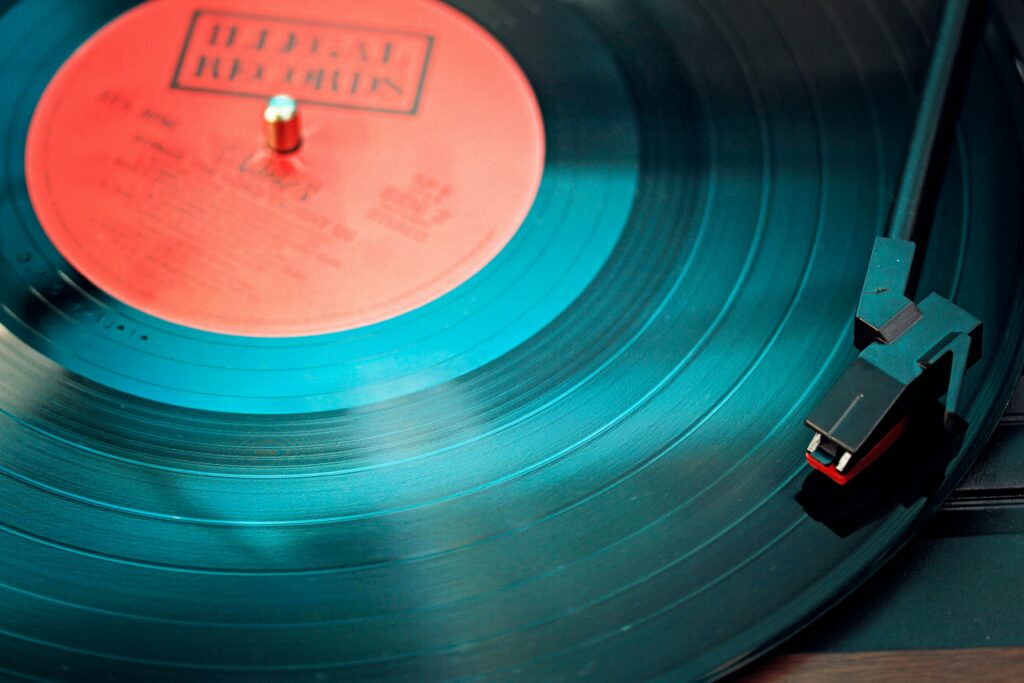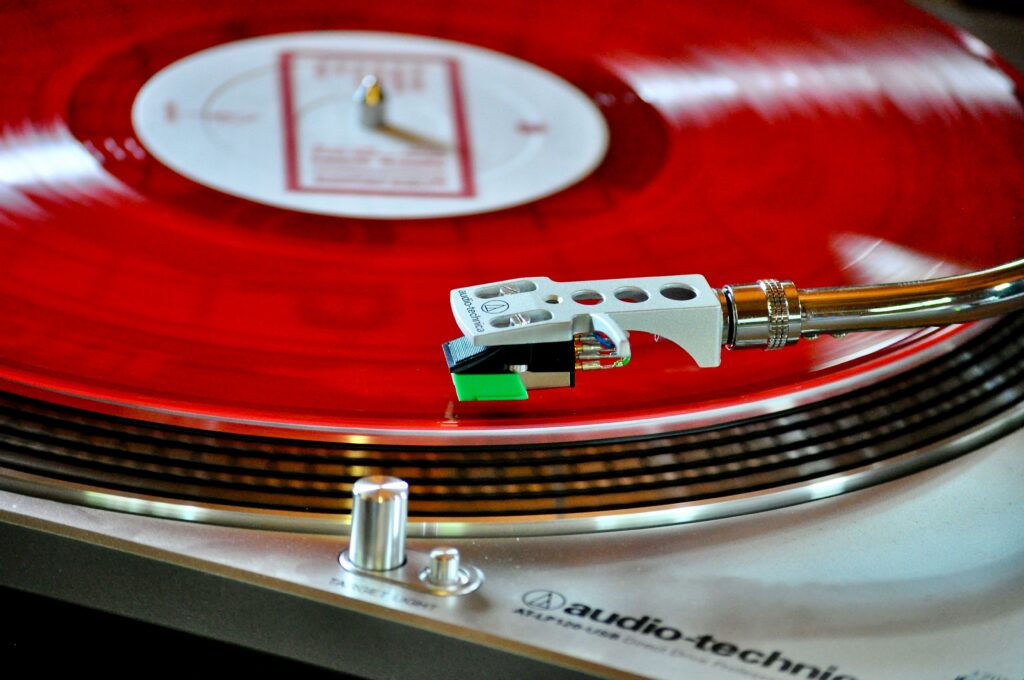If you’ve ever wondered about the magic behind the nostalgic crackle of a vinyl record, you’re in for a treat. Vinyl records, those iconic music carriers cherished by audiophiles, are actually made of a fascinating material called polyvinyl chloride, or PVC for short. This durable plastic compound is the secret ingredient that gives vinyl records their distinct feel and sound.
When you run your fingers over a vinyl record, you’re touching a piece of music history crafted from PVC pellets. These pellets are melted down and pressed into the familiar flat disc shape that holds your favorite tunes. The grooves etched into the vinyl surface are what capture the music, transforming physical movements into melodious sounds that fill the room. So, next time you drop the needle on a vinyl record, remember that you’re experiencing music in its raw, tangible form.

What Are Vinyl Records Made Of
History and Evolution
Vinyl records have a rich history dating back to the late 19th century when they were first introduced as a medium for recording and playing back sound. Over the years, vinyl records have evolved in terms of size, speed, and durability. The most common type of vinyl record is the 12-inch LP (long-playing) record that typically plays at a speed of 33⅓ revolutions per minute (RPM). This format became popular in the mid-20th century and remains iconic in the music industry.
Components of a Vinyl Record
A vinyl record consists of various components that work together to produce sound when played on a turntable. The primary material used in making vinyl records is polyvinyl chloride (PVC). PVC pellets are heated and pressed into a flat disc, which is then coated with a thin layer of aluminum to enhance durability. The surface of the record is etched with grooves that represent the audio signal of the music. When a stylus needle runs along these grooves, it vibrates and translates the vibrations into sound waves, producing the music you hear.

What Are Vinyl Records Made Of?
The Role of PVC in Vinyl Records
Vinyl records are primarily made of a unique material called polyvinyl chloride (PVC). This material is crucial in the production of vinyl records as it provides the necessary durability and flexibility for the discs. When PVC pellets are melted down and molded into the iconic disc shape, they create a sturdy surface that can withstand the grooves and stylus pressure during playback. The use of PVC ensures that vinyl records can maintain their shape and quality even after numerous spins on a turntable.
Additives and Their Functions
In addition to polyvinyl chloride (PVC), vinyl records also contain various additives that serve specific functions in the manufacturing process. These additives are essential for enhancing characteristics such as sound quality, durability, and longevity of the records. For example, stabilizers are added to prevent degradation over time, while plasticizers help in making the PVC more pliable. Lubricants are used to reduce friction during molding, and pigments are added for coloration purposes. Each additive plays a vital role in ensuring that vinyl records are not only aesthetically pleasing but also durable and long-lasting.
Vinyl records, crafted from polyvinyl chloride (PVC) and a blend of additives, stand the test of time in the music world. The unique combination of PVC and enhancements like stabilizers and lubricants results in durable discs that retain their quality through repeated spins. These elements work harmoniously to ensure that vinyl records offer not just a nostalgic sound experience, but also a lasting appeal for music enthusiasts. Embrace the rich history and enduring charm of vinyl records as they continue to hold a special place in the hearts of audiophiles worldwide.

